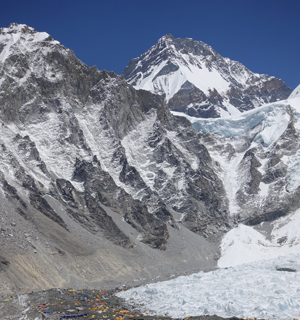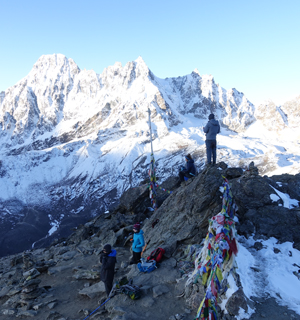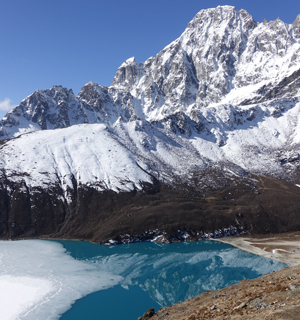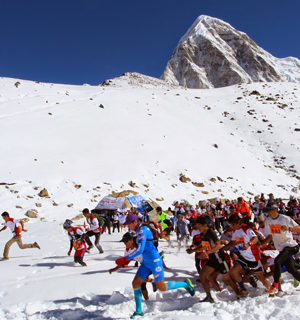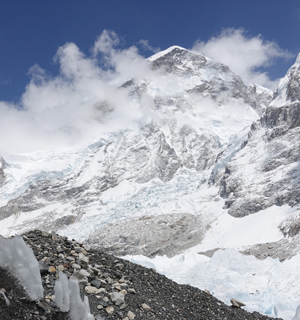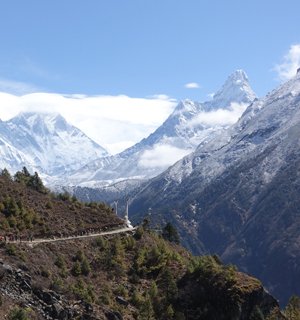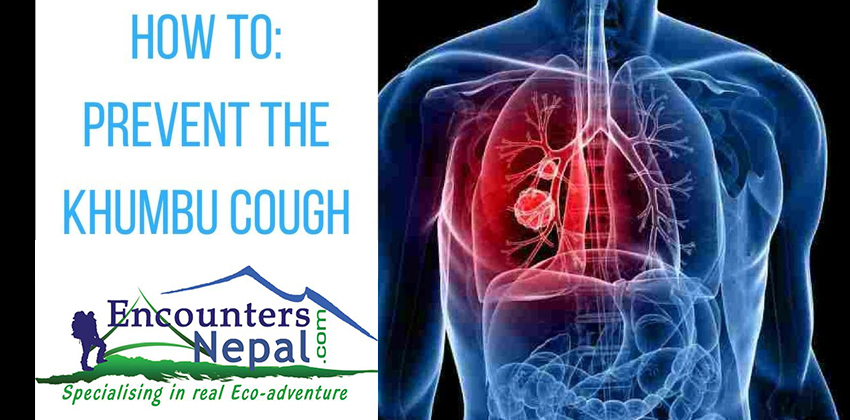
The Khumbu cough and related respiratory ailments in the high altitude are the ordinary features that annoy us. Most adventure seekers often undergo from a usual altitude cough which particularly bothers while sleep. It is better to be aware of this before you trek into the high mountains.
Breathing problems simply challenges gastrointestinal diseases which is the most widespread problems in the trekkers to Nepal. The major factors of respiratory disease s are pollution in the city, cold air in the mountains, dog hair, pollen dust etc. However, guidelines for respiratory ailments are not specific
Khumbu cough is common at high altitudes anywhere in Nepal that particularly disturbs our sleep. Breathing cold air possibly affects you to this cough, which in fact may be caused by virus which does not have associated fever. Sometimes there may even be long spasms of coughing which leave you breathless.
An antihistamine like Benadryl may help, mainly at night, and allow you to sleep more quietly. Codeine, which also reduces coughs, may be harmful at high elevation because it also results in discomfort in breathing. Inhaling air through piece of cloth would help out instead of taking in the cold mountain air. It may be an affecting factor for the cough when you respire through the mouth rather than through the nose, the natural moistening mechanism of the nose is evaded.
Another upsetting factor at high altitude may be blocks which also cause sleeping problems. An airless nose may be a sinus related problem; some allergic or vascular condition may be causing obstruction. It is most likely sinus related disease if the stuffed nose is escorted by fever, headache, and pain around the eye and forehead. He/she should take antibiotics for about two weeks. However, if it simply stuffed nose problem, a steroid nasal inhaler (locally available as Beclate) is very much helpful. If you are smoker and are prone to sinusitis then physician must be address this medical problem at the start of the trip.
Likewise, hazardous disease, bronchitis is another problem that you may undergo while trekking at high altitude. A major cause of bronchitis is wood smoke in house without proper exposure to air, which can annoy your respiring passages and cause coughing. If you begin coughing up yellow or green phlegm, you have suffered from bronchitis and may require antibiotic. A very high fever with cough and phlegm and chest pain could suggest pneumonia, which is not caused by bacteria or virus.
Moreover, if you have asthma and plan to trek, it is of the chief essence to discuss this with your physician. Disease asthma too may cause coughs and panting and has the potential to become a medical emergency. You will have to be aware of many effective treatments for controlling asthma. Exertion and cold air can precipitate asthma, but clear contact with the physician and prophylactic drug treatment can make a large difference.
Because of bacteria or virus, discomfort in the back of the throat (larynx or pharynx) can cause in annoying kind of the cough. Also, difficulty in swallowing, redness in the throat, a change or lose of voice will be an adjunct to it. Infection from the throat region spread inside of the ear and cause not only more coughing, but also pain and deafness in the ear. You will also have fever. And in this case antibiotic can effectively help. The deafness may take as long as a month to return to normal.
Furthermore, coughing along with headache and loss of appetite may be symptom of altitude sickness. The common problem refluxing of food material from the stomach to the upper food pipe (esophagus) can also be treatable cause of persistent cough which get bad while lying down at night. Antacids, light, non fatty meal, and abstinence from alcohol can help this condition.
